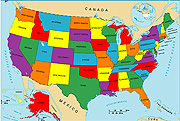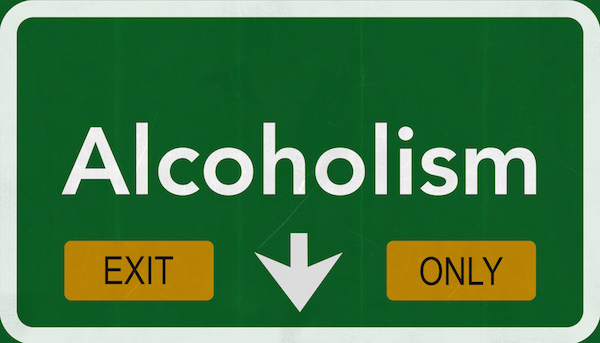
TUESDAY, May 22 (HealthDay News) — New Mexico has the highest rate of injury-related deaths in the United States, while New Jersey has the lowest rate, according to a new report.
New Mexico’s rate is nearly 98 per 100,000 people, while New Jersey’s is about 36 per 100,000. Overall, the national rate of injury-related deaths is about 58 per 100,000, according to the report released by the Trust for America’s Health and the Robert Wood Johnson Foundation.
Injuries that result from accidents, violence and other causes are the third-leading cause of death in the United States, and are the leading cause of death for Americans aged 1 to 44 years.
About 50 million Americans receive medical treatment for injuries each year, and more than 2.8 million are hospitalized. Nearly 12,000 children and teens die each year from accident-related injuries, and about 9.2 million are treated in emergency rooms.
Each year, injuries result in $406 billion in lifetime costs for medical care and lost productivity, according to the report.
The study concluded that millions of injuries could be prevented each year if more states adopted, fully implemented and enforced additional injury-prevention policies that are backed by research.
The report noted that 24 states scored five or lower on a set of 10 key indicators of steps states can take to prevent injuries. California and New York had the best scores (nine out of 10), while Montana and Ohio had the lowest scores (two out of 10).
The report’s key findings included the following:
- 29 states do not require bicycle helmets for all children
- 17 states do not require that children ride in a car seat or booster seat until at least age 8
- 31 states do not require helmets for all motorcycle riders
- 34 states and Washington, D.C., do not require mandatory ignition interlocks for convicted drunk drivers
- 18 states do not have primary seat belt laws
- 14 states do not have strong youth-sport concussion-safety laws.
“There are proven, evidence-based strategies that can spare millions of Americans from injuries each year,” Jeff Levi, executive director of the Trust for America’s Health, said in an organization news release. “This report focuses on specific, scientifically supported steps we can take to make it easier for Americans to keep themselves and their families safer.”
Research shows that injury-prevention programs and regulations save lives, the report found. For example:
- Seat belts saved about 69,000 lives from 2006 to 2010
- Motorcycle helmets saved about 8,000 lives from 2005 to 2009
- Child safety seats saved around 1,800 lives from 2005 to 2009
- The number of children and teens killed in motor-vehicle crashes dropped 41 percent from 2000 to 2009
- School-based programs to prevent violence have cut violent behavior among high school students by 29 percent.
The report also listed many emerging injury threats in the United States, including a dramatic rise in prescription-drug abuse, concussions in school sports, bullying, crashes caused by people texting and driving, and an expected increase in falls as baby boomers age.
More information
The U.S. Centers for Disease Control and Prevention has more about injury and violence prevention and control.

